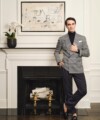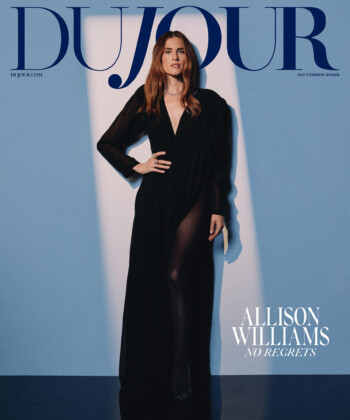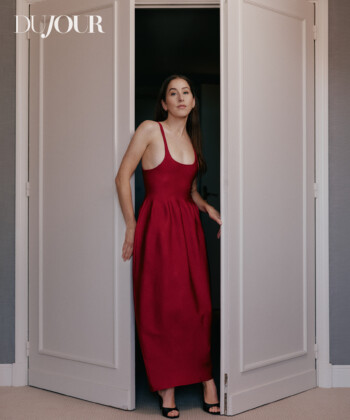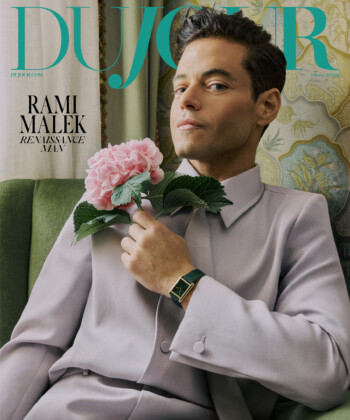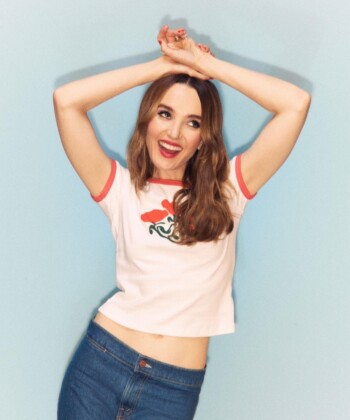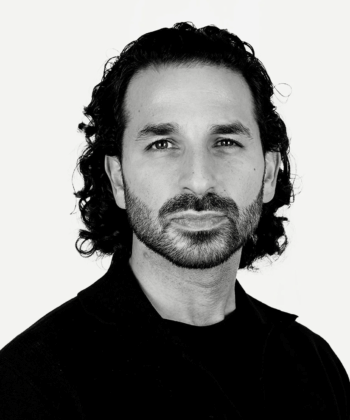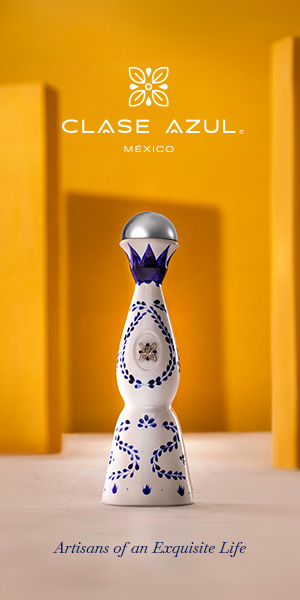In the new Starz series The Missing, Frances O’Connor plays one character in two ways. In the 2006 version of Emily Hughes, O’Connor portrays a woman on vacation with her husband and young son; in the 2014 version, O’Connor’s character is attempting to get on with her life eight years after her son went missing.
Here, O’Connor discusses what about the harrowing role appealed to her and how she’s approached the challenge of playing the same woman before and after a tragedy.
On The Missing you play Emily Hughes, a woman whose child disappeared. It must have been a tough role to take on.
She’s a mother, and I relate to that, and I just loved how different she was from who she was when we started. The 2014 Emily just felt in some ways like such a different character, and I’ve never had a part like that. Initially, I’d only read the first two episodes, so I was intrigued to see what that was about and how that was going to unfold. Then, I eventually read all the scripts before I committed. She’s quite an interior character in some ways, which is interesting to play—challenging. I like that.
How did you handle the time difference between the two stories?
We shot all the 2014 first, in the winter in Belgium, and then we had a two-week break, so it was really like mid-spring when we shot 2006. We kind of shot it in reverse, creatively. What did help was that they had all the timelines in the same period of time; it would’ve been so hard to split it up.
What kind of changes needed to be made to sort of go back in time?
Well, 2006 Emily had short, blonde hair, and all her clothes had a movement to them and were kind of light. She had this vulnerability to her. It’s like she has no armor, and no filter to cope with anything. Stuff just comes at her. She never wears high heels; she’s always flat on the ground. And then, when we shot 2014, she’s much more structured with what she wears. She’s much more guarded as a person and more mature, I think. You know, that’s my real hair for both of them, so it’s long dark hair, very pale makeup, clothes that are very structured and high heels, so she’s always contained in her movement and her thoughts. I think it’s great when wardrobe, costume and hair can reflect the character in a really specific way. I love that part of my job; it’s quite fun.
The series has such a serious subject; it’s got to take a lot out of you.
That’s my job, so when I get something so challenging, I want to step up and engage. But you wouldn’t want to do The Missing every job; it would probably kill you. I think we all knew what we were getting into, but it was a lot worse than what we expected in some ways.
Watching the show, I couldn’t help but wonder how you all blew off steam after the cameras stopped.
Well, we shot Monday through Friday in Brussels, so we’d get on the Eurail on the way home and have a couple of drinks and a laugh, which was much needed.
How far ahead did you guys know what was going on? Did you know what happens going in or did you learn week by week?
This is so unheard of, but we actually had eight scripts going into it, which is such a luxury. It’s so great creatively to have the whole story in your head because then you can work out what to show, what not to show, what you know, what you don’t know. It just meant that you were making really complete choices because you had all the information.
Is there anything you would caution people to look out for as they watch?
It’s the kind of show that just when you think you’ve got it figured out, it sort of goes in a different direction. So, just the heartache of it, I think the director and the editor have made it so you can bear it. Stick with it because it does become something else as it develops, and it’s rewarding in the end.





















